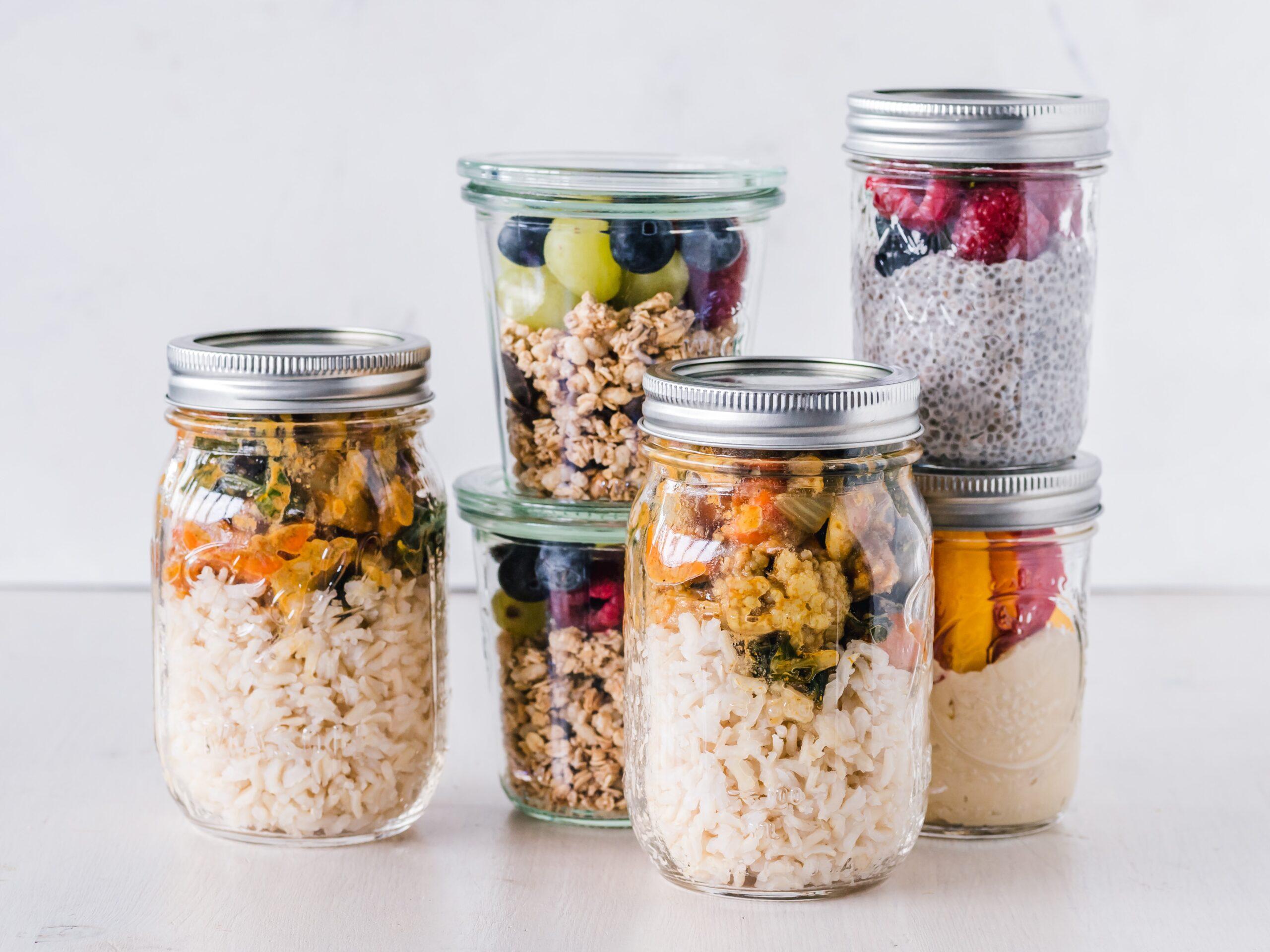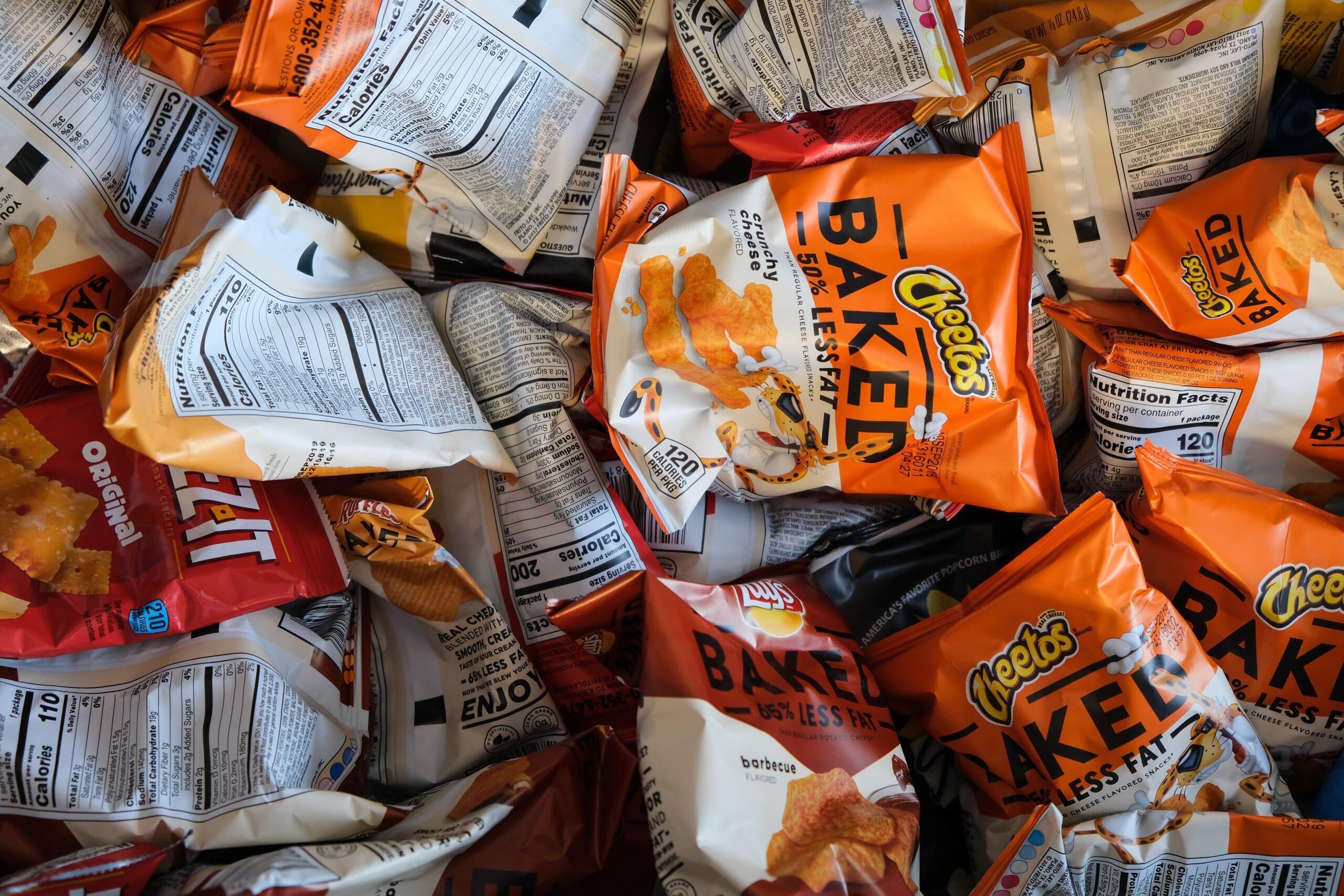The average child with juvenile diabetes in America today has an average blood sugar level (Hemoglobin A1c) of 8.5, significantly higher than the 7.0 level recommended by the American Diabetes Association to avoid serious long-term consequences, such as blindness, impotence, heart disease and amputation.
As much as parents want to keep their children’s blood sugar levels as “near normal” as possible, they are torn between knowing that too much indulgence can harm their child’s future health and wanting their child to eat as much like his peers as possible.
When dealing with my son, Danny, who was diagnosed at age 7, I felt painfully conflicted myself. One voice would say, “Let him be a kid,” and the other would respond, “Every high is an assault on his system that leaves its mark. You’re irresponsible if you don’t set limits.”
When Danny first came home from the hospital, we followed the standard American diet suggested by our hospital nutritionist. Danny’s average blood sugar levels for that first year fell in a range between 7.9 and 8.5. Our medical team told us not to worry, that those numbers were fine, but I had a child with a serious auto-immune disorder and I couldn’t help wondering: Shouldn’t we be improving Danny’s health in general? Shouldn’t we be avoiding junk food, chemical sweeteners and processed snack foods that might be hard for his body to handle? How could I make my family accept a healthier whole-foods diet that would keep Danny’s blood sugars from spiking or dropping too quickly and keep all of us healthy and energized and at an optimum weight?
Today, my 12-year-old son maintains an average blood sugar level between 6.2 and 6.8. These are my strategies for good nutrition:
- Explain that changes in diet will improve everyone’s health and are not just because of diabetes. Eating more vegetables, fruits and whole grains while avoiding sugar, white flour and processed foods is good for everyone.
- When you shop, concentrate on the outer edges of the store where you find fresh produce, meat, fish, whole grain breads, dairy, and frozen fruits and vegetables. Avoid the cookie, cracker, juice, candy and soda aisles.
- In order to build maximum health, buy unprocessed foods. If you can, choose organic produce, eggs and meat without antibiotics or hormones.
- When you get home, wash and cut up vegetables. Put them on a refrigerator shelf so that they are the first things your children see when they open the door.
- Place a snack plate of green peppers, carrots, cucumbers, celery filled with peanut butter and some ranch dressing next to your children when they watch television, play on the computer or do homework. Over time, add pieces of raw broccoli, cauliflower, baby tomatoes, red peppers, snap peas, green beans or celery filled with almond butter or cream cheese. You can add chunks of cheese, rolled up cold cuts or fruit as well.
- Do not have food in the house that a child with diabetes cannot eat. Encourage other family members to satisfy their sweet tooth away from home.
- If your child is going to be tempted by sweets away from home, send along a replacement treat, such as sugar-free gum.
- Feed your child before parties. This will help him limit himself to one or two slices of pizza without the crust and a small serving of ice cream. Feeling full may help him skip cake and the candy.
- Plan special times with your child when he can have desserts or special treats. Anticipation helps to satisfy a sweet tooth.
- Unless your child’s blood sugars are very low, you can substitute raw honey or maple syrup for glucose tabs and avoid artificial flavoring and coloring.
- Stevia, a plant that is dried and ground to produce a sweet white powder, can be used as a sweetener to reduce your use of artificial sweeteners. As kids lower their sugar consumption, they crave fewer sweets.
- A salad at dinner gives everyone raw, enzyme-rich food. Serve it before the meal when children are really hungry.
- Healthy breakfast suggestions:
- Plain yogurt with a small amount of granola, frozen blueberries or sliced banana, and maple syrup or Stevia.
- Sprouted wheat toast or sprouted cinnamon toast with yogurt or soy cream cheese and some fresh fruit.
- Fruit shakes made from bananas, milk and any of the following: frozen blueberries, strawberries, raspberries, peaches, pineapple or mango slices. You can sneak in plain yogurt or tofu for protein and add unsweetened cocoa for variety.
- Whole-grain bread French toast with fresh fruit and whipped cream.
- In place of juice offer hot cocoa (whole milk, unsweetened cocoa, one-half packet Stevia), lemonade (lemon juice, water, one-half packet Stevia), spritzer (seltzer, unsweetened cranberry juice, lime juice, one-half packet Stevia), hot vanilla milk (whole milk, cinnamon, vanilla, one-half packet Stevia).
- Get your children used to drinking water with meals.
- To develop a taste for healthy bread, move slowly from white bread to oat bran to whole wheat, and finally to a sprouted grain, such as Ezekiel. You can disguise whole grain bread as French toast or use it in grilled cheese sandwiches.
- Find a dressing without sugar or corn syrup and then move from iceberg lettuce to romaine and then to darker greens with greater nutritional value such as red leaf lettuce or spinach.
- Keep a food log periodically, so you will be able to look back and see your progress over time.




